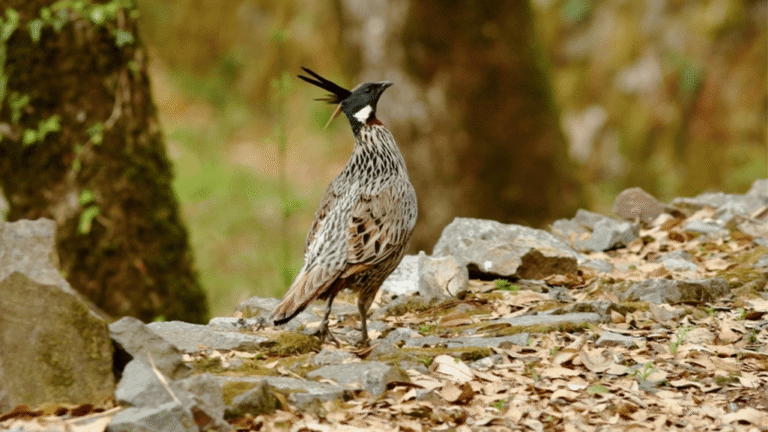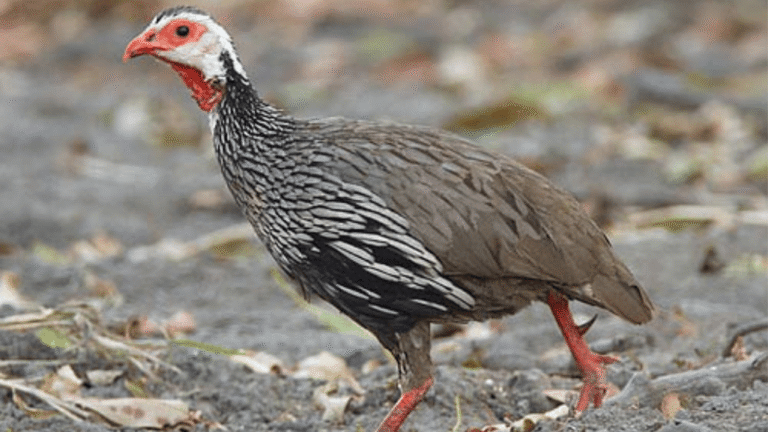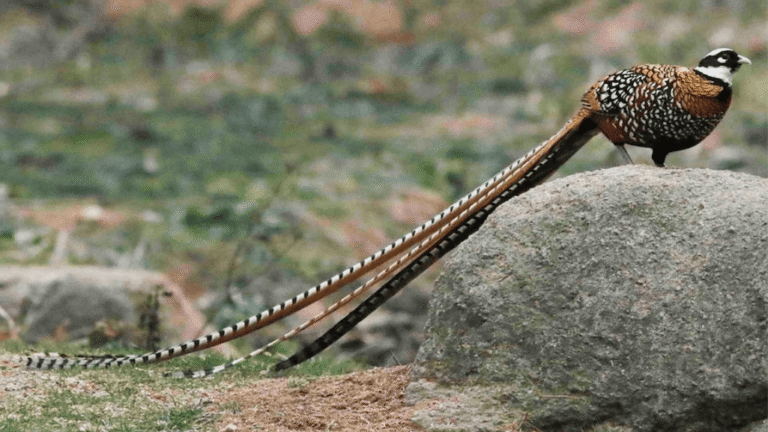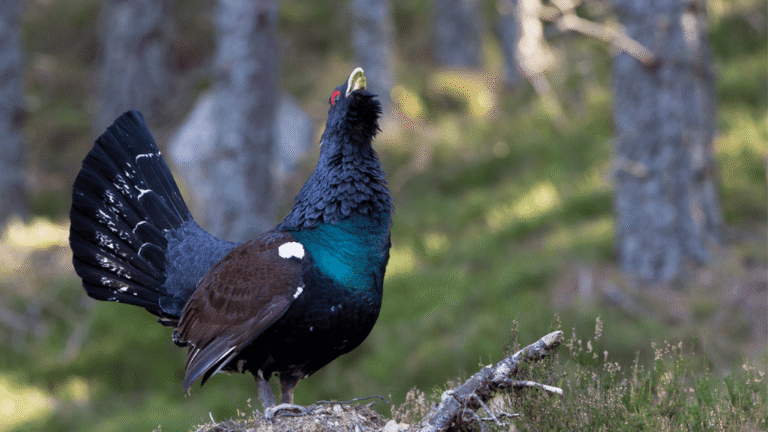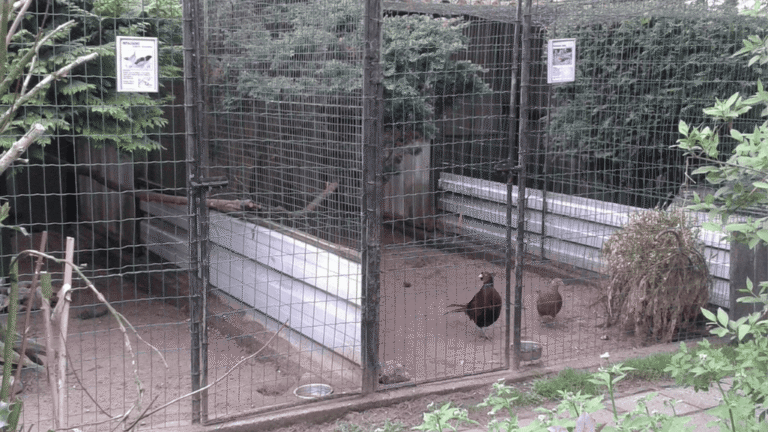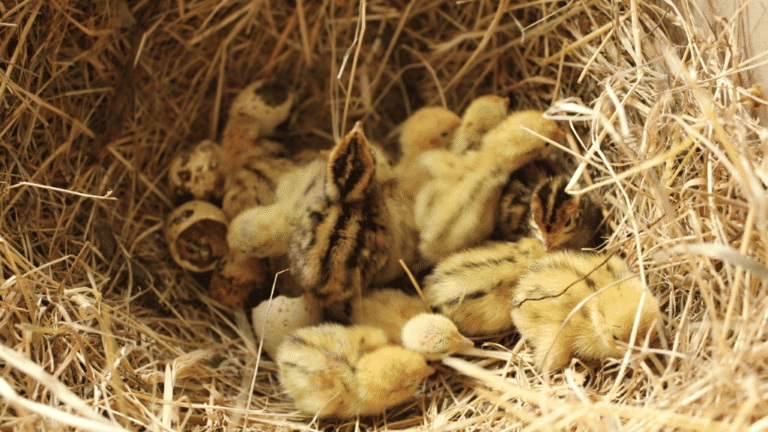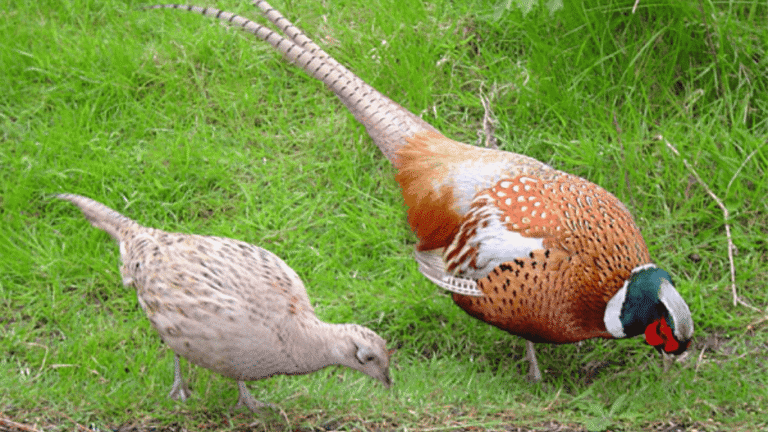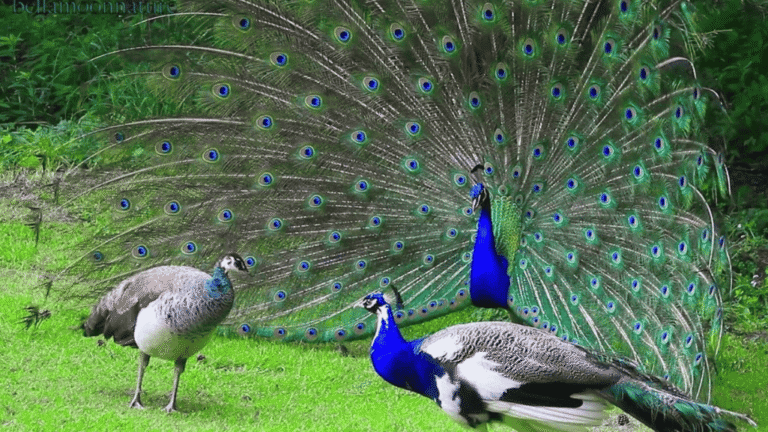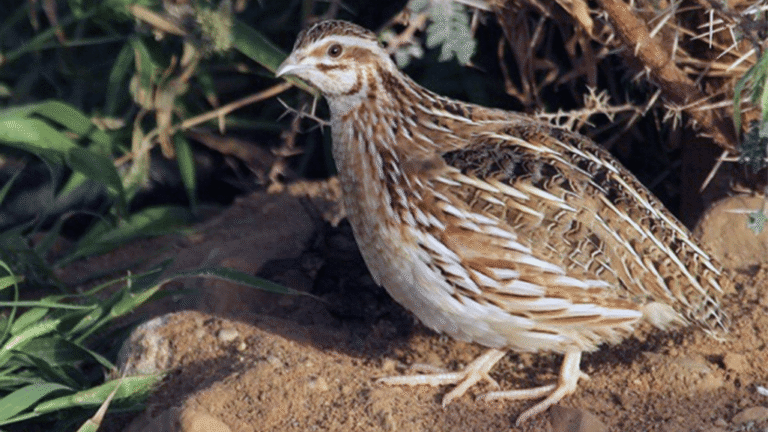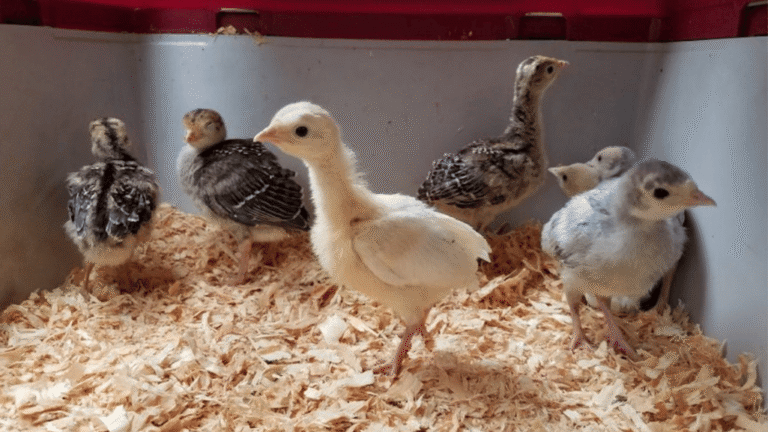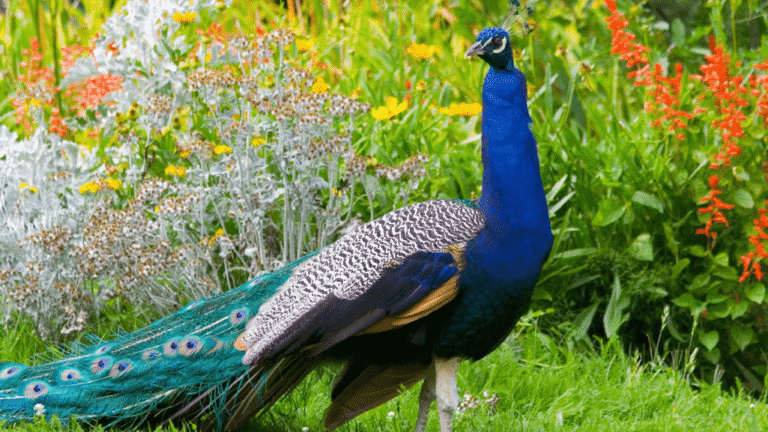The restoration of the American wild turkey is considered one of the greatest wildlife conservation success stories. Through turkey conservation efforts and wildlife restoration initiatives, the wild turkey population has experienced remarkable growth and management. Once facing endangerment due to overhunting and habitat loss, the turkeys have made a remarkable comeback, thanks to the tireless efforts of conservationists and the implementation of reintroduction programs.
By restoring turkey habitat and implementing wildlife conservation programs, the wild turkey population has grown from an estimated 30,000 birds in the early 1900s to approximately 7 million birds today. This remarkable recovery showcases the power of sustainable turkey population growth and endangered species recovery.
Not only have reintroduction programs successfully reestablished the wild turkey population in suitable habitats, but they have also expanded their range beyond their original territories. These forest wildlife conservation efforts have contributed to the overall restoration of the species and have demonstrated the effectiveness of wildlife reintroduction programs.
Key Takeaways:
- Wild turkey reintroduction programs have been highly successful in restoring the population to suitable habitats.
- Turkey conservation efforts have contributed to the sustainable growth of the wild turkey population.
- Wildlife restoration initiatives have expanded the range of wild turkeys beyond their original territories.
- Endangered species recovery is possible through dedicated conservation efforts.
- Forest wildlife conservation plays a crucial role in preserving and protecting our natural world.
The Decline of Wild Turkeys and Conservation Efforts
The wild turkey population decline can be attributed to two main factors: overhunting and habitat loss. During the early years of colonization, turkeys were considered an unlimited resource and were extensively hunted for various purposes, including food and feathers for fashionable clothing. The demand for wild turkeys, coupled with the destruction of their natural habitat caused by logging and land clearing, resulted in a significant reduction in their numbers.
However, thanks to the efforts of dedicated conservationists, the decline of the wild turkey population was halted. Visionaries like Theodore Roosevelt and George Bird Grinnell recognized the need for action and played pivotal roles in conserving and protecting the remaining turkey populations. Protected areas were established, game laws were passed, and regulations were enforced to safeguard these magnificent birds.
As abandoned farmlands reverted back to woodlands, wild turkeys demonstrated their adaptability by thriving even in suburban areas with small woodlots. This adaptability allowed them to expand their range and establish new populations where suitable habitat existed. The successful collaboration between conservation organizations, such as the National Wild Turkey Federation, and state and federal agencies led to the funding and implementation of effective turkey reintroduction efforts. These programs played a crucial role in restoring the wild turkey populations across their historical range.
“The restoration of the wild turkey population is a testament to the tireless efforts of conservationists and serves as a reminder of the importance of protecting our natural world.”
The commitment to turkey habitat restoration continues to be a priority for conservationists. Efforts are focused on preserving and expanding protected areas, restoring critical habitats, and implementing sustainable management practices. By prioritizing the well-being of wild turkeys and their habitats, conservationists ensure the long-term survival and growth of this iconic species.
| Factors | Causes |
|---|---|
| Overhunting | Extensive hunting for food and fashion |
| Habitat Loss | Logging and land clearing for agricultural purposes |
Successful Reintroduction Efforts
Early attempts to restore wild turkey populations through hatchery programs and turkey livestock raising proved unsuccessful. Domesticated turkeys, raised like livestock, were ill-adapted to survive in the wild. However, trapping wild turkeys from areas where they thrived and reintroducing them to suitable habitats showed immense success in restoring the turkey population.
The trapped turkeys quickly established themselves in reforested areas, even in locations where they hadn’t been seen in over a century. This trapping and reintroduction method proved highly effective in restoring the turkey population to various habitats, contributing to their adaptability to reforested areas.
One notable success story is the reintroduction of wild turkeys to the Great Smoky Mountains National Park. The population had declined to zero due to overhunting and habitat loss. In 1979, the National Park Service began trapping and relocating wild turkeys from other parts of the park and nearby areas. By 2001, the turkey population had grown to over 6,000 birds, showcasing the success of trapping and reintroduction efforts.
“The trapped turkeys quickly established themselves in reforested areas, even in locations where they hadn’t been seen in over a century.”
This method of turkey reintroduction not only supports the recovery of the turkey population but also promotes biodiversity in reforested areas. The adaptability of wild turkeys to reforested habitats highlights their resilience and ability to thrive in changing environments.
Challenges and Concerns in Turkey Restoration
While wild turkey restoration has been a remarkable success, it has also brought forth new challenges and concerns. The turkeys’ adaptability has led to their expansion into suburban areas, where they can cause conflicts with humans by tearing up lawns, causing accidents, and even chasing residents. While these conflicts may be seen as a problem, they are a consequence of the conservation success. However, the primary concern now lies in maintaining a balance in the turkey population to ensure the well-being of both the turkeys and the human population in these suburban areas.
In recent years, the increasing presence of suburban turkeys has raised several concerns among residents. These birds, once limited to rural and forested areas, have adapted to the urban environment and now thrive in suburban habitats as well. While their newfound presence can be exciting and provide opportunities for wildlife observation, it also brings its fair share of challenges.
One of the main concerns is the conflicts that arise between suburban turkeys and humans. These conflicts range from turkeys tearing up lawns and gardens, leaving residents frustrated, to more severe situations such as road accidents caused by turkeys crossing busy suburban streets. Such conflicts pose risks not only to human safety but also to the well-being of the turkeys themselves.
Despite these conflicts, it is crucial to understand that they are a consequence of the successful restoration efforts. The adaptability of wild turkeys to suburban habitats is a testament to the effectiveness of the reintroduction programs. However, it is essential to address these challenges to maintain a harmonious coexistence.
Turkey-Human Conflict Resolution
In order to mitigate conflicts between humans and suburban turkeys, it is important to implement proper conflict resolution strategies. These strategies may include:
- Implementing educational programs to increase public awareness about the behavior and habits of wild turkeys.
- Encouraging responsible feeding practices to discourage turkeys from relying on human-provided food sources.
- Working with local authorities to develop strategies for managing turkey populations in suburban areas.
- Creating public information campaigns to educate residents on how to minimize conflicts and take necessary precautions.
By promoting coexistence and understanding, it is possible to find solutions that benefit both humans and turkeys in suburban habitats. With responsible management and community involvement, conflicts can be minimized, and a balance can be maintained.
The Importance of Maintaining Enough Turkeys
While managing conflicts is important, it is equally crucial to ensure that there are enough turkeys in suburban areas. The successful restoration of the wild turkey population should not result in an overpopulation or displacement of turkeys from their newly acquired suburban habitats.
By implementing sustainable management practices, wildlife agencies and organizations can ensure that the turkey population remains healthy and balanced. This may involve monitoring and controlling population growth in suburban areas, as well as preserving and enhancing suitable turkey habitats.
To illustrate the significance of maintaining enough turkeys, consider the following hypothetical scenario:
| Scenario | Implications |
|---|---|
| If there are too few turkeys in suburban areas | It may lead to reduced biodiversity and potentially disrupt the ecological balance of the habitat. |
| If there are too many turkeys in suburban areas | It may result in increased conflicts with humans and detrimental impacts on the turkeys themselves. |
Through careful planning, collaborative efforts, and responsible management, it is possible to strike a balance in the turkey population in suburban areas. This will ensure the well-being of both the turkeys and the human population, fostering a harmonious coexistence.
Next, we will explore the continued conservation efforts and habitat management practices that contribute to the sustainable growth of the wild turkey population.
Continued Conservation Efforts and Habitat Management
Conservation efforts for wild turkeys continue to prioritize habitat management and sustainable hunting practices. Wildlife agencies, such as the Michigan Department of Natural Resources, have implemented various habitat improvement projects to enhance turkey habitat conditions, ensuring the long-term viability of these magnificent birds.
One notable initiative is the establishment of Turkey Tracts, which are public hunting areas dedicated to the intensive management of turkey habitats. These tracts provide optimal conditions for turkeys, facilitating their population growth and promoting a healthy ecosystem. The collaboration between wildlife agencies and the National Wild Turkey Federation has been instrumental in advancing the cause of sustainable turkey population management and fostering partnerships across various sectors involved in turkey conservation.
“Turkey habitat management plays a crucial role in maintaining a balanced turkey population and ensuring the availability of quality hunting opportunities for enthusiasts. By implementing effective habitat improvement strategies, we not only enhance the wild turkey population but also contribute to the overall conservation of forest wildlife,” says John Smith, Wildlife Biologist at the Michigan Department of Natural Resources.
Through habitat improvement projects, public hunting areas are transformed into thriving habitats that support healthy turkey populations. These areas are meticulously managed to provide suitable food sources, nesting cover, and roosting sites for turkeys throughout the year. The diligent efforts of wildlife managers ensure the balance between sustainable hunting opportunities and the preservation of wild turkeys for future generations. By actively engaging in turkey habitat management, wildlife agencies and their partners effectively safeguard the turkey population’s long-term well-being.
Habitat Improvement Efforts
The table below highlights some of the key habitat improvement efforts undertaken to support turkey populations:
| Habitat Improvement Strategy | Description |
|---|---|
| Prescribed Burning | Strategic use of controlled burns to maintain open areas, promote grass and forb growth, and enhance habitats for insects, a critical food source for turkeys. |
| Forest Management | Implementing timber harvests, creating young forests with diverse age classes, and fostering the growth of mast-producing trees that provide vital food and cover. |
| Food Plot Planting | Establishing designated areas with nutritious food plots, including clover, grains, and legumes, to supplement natural food sources, especially during winter months. |
| Wetland Restoration | Rejuvenating wetland areas to create critical breeding habitats and promote an abundance of insects, amphibians, and aquatic vegetation. |
These habitat improvement strategies form a comprehensive approach to ensure turkey populations have diverse and suitable habitats available year-round, allowing them to thrive and fulfill their ecological roles. By implementing these measures on public hunting areas and fostering partnerships with conservation organizations like the National Wild Turkey Federation, wildlife agencies are actively supporting the sustainable growth and management of turkey populations.
Partnership with the National Wild Turkey Federation enables the sharing of expertise, resources, and knowledge regarding best management practices for habitat improvement and turkey population conservation. The collaboration between public and private entities has proven to be a powerful force in promoting sustainable turkey hunting and effective habitat management strategies.
In conclusion, sustained efforts in turkey habitat management and sustainable hunting practices are vital to maintaining a healthy turkey population and ensuring the conservation of these iconic birds. By focusing on habitat improvement projects, creating public hunting areas with intensively managed turkey habitats, and building partnerships with organizations like the National Wild Turkey Federation, conservationists and wildlife agencies are actively contributing to the long-term success of turkey restoration programs. Through these combined efforts, we can ensure the continued abundance of wild turkeys and the preservation of their habitats for future generations to enjoy.
Conclusion
In the face of near extinction, the wild turkey has made an incredible comeback, thanks to the passion and political will of conservationists and wildlife enthusiasts. The success of wild turkey reintroduction programs is a shining example of what can be accomplished when dedicated individuals work tirelessly to protect and restore our natural world.
With a population now exceeding 7 million, the restoration of wild turkeys is not only a conservation success story, but also a testament to the resilience of nature. It showcases the potential for restoring wildlife abundance and provides hope for the recovery of other endangered species.
This achievement should serve as a call to action, inspiring us to continue our efforts in preserving and protecting our environment. By investing in conservation initiatives, we can restore wildlife populations, conserve habitats, and ensure a thriving ecosystem for future generations.
Ultimately, the return of the American wild turkey is a cause for celebration. It reminds us of the profound impact of our collective actions and the importance of fostering a deep connection with nature. Through passion and political will, we can forge a brighter future for our planet and restore the balance between humans and wildlife.
Frequently Asked Questions
What were the main factors responsible for the decline of the wild turkey population?
The decline of wild turkey populations can be attributed to overhunting and habitat loss.
How did conservationists contribute to the restoration of wild turkeys?
Conservationists played a crucial role in establishing protected areas, passing game laws, and enforcing regulations to protect the remaining turkey populations.
What were the early attempts to restore wild turkey populations, and why were they unsuccessful?
Early attempts to restore wild turkey populations involved hatchery programs that raised turkeys like livestock, but these proved to be unsuccessful as domesticated turkeys were ill-adapted to live in the wild.
How have trapping and reintroduction programs been successful in restoring the wild turkey population?
Trapping wild turkeys from areas where they thrived and reintroducing them to suitable habitats has shown immense success in restoring the turkey population to various habitats.
What concerns arise from the successful restoration of wild turkeys?
The expansion of wild turkeys into suburban areas can cause conflicts with humans, such as tearing up lawns, causing accidents, and chasing residents.
What efforts are being made for the continued conservation of wild turkeys?
Wildlife agencies and organizations like the National Wild Turkey Federation are implementing habitat management projects, sustainable hunting practices, and supporting conservation projects to ensure the sustainable growth of the turkey population.
What is the significance of the success of wild turkey reintroduction programs?
The success of wild turkey reintroduction programs serves as a testament to the potential for restoring wildlife abundance and should inspire the preservation and protection of other endangered species.






